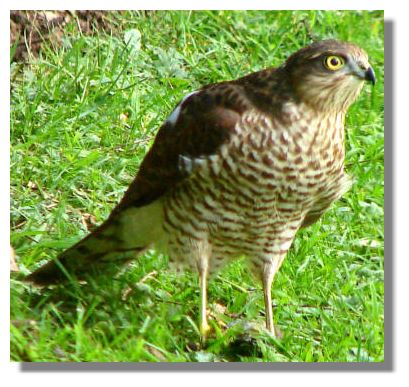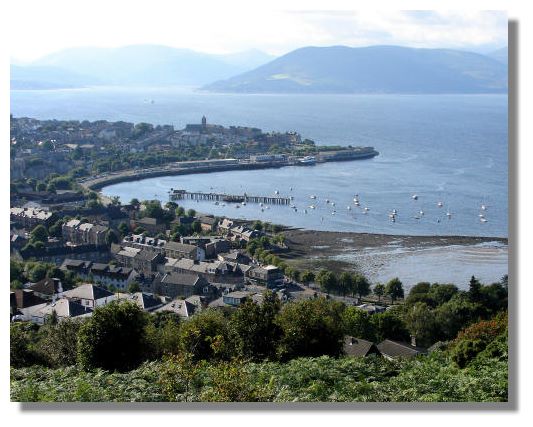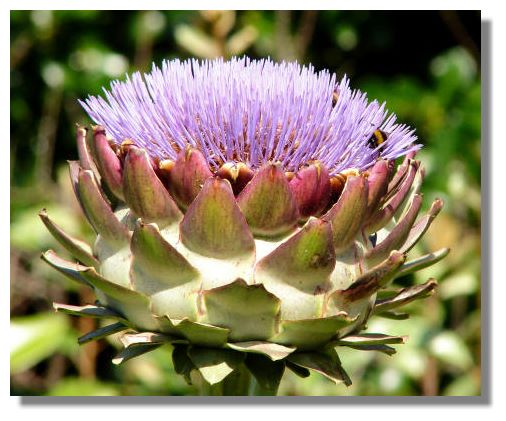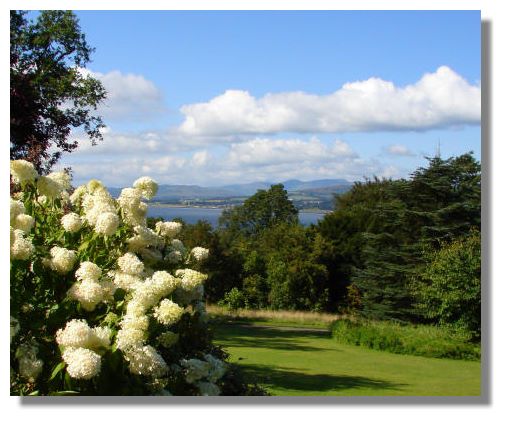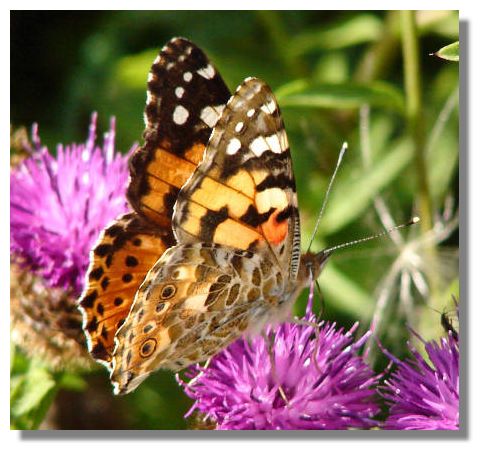Each week the Rampant Scotland Newsletter includes a number of photographs which illustrate the weather, flora and fauna of the current week around Scotland. There are so many such graphics worth including that a separate "colour supplement" is created so as not to totally overload the Newsletter. Here is this week's crop!
I try to attract small birds to my garden, with seed and nut feeders and even coconuts filled with a peanut and seed mixture. But some birds are less welcome than others - the pigeons just hoover up any seed thrown on the ground and so do the crows and magpies. But one bird I hope not to see again is this young sparrowhawk. It is a skilled predator and is looking quite smug as it has just snatched an unsuspecting Blue Tit. Fortunately, the small bird is invisible under the claws and the grass. I know that raptors have to feed - but would they please just not do it in my garden? I may say that shortly after the sparrowhawk had left, the feeders and branches will filled once again with small birds - unperturbed and looking for a snack of nuts and seeds.
There have been quite a number of days this week with long, sunny spells and this photo was taken during one of those on Monday, from Lyle Hill, a well-known vantage point above Gourock. The Firth of Clyde and some of the hills/mountains of Argyll can be seen in the distance. Lyle Hill has a monument in the form of the Cross of Lorraine (a vertical line, crossed by two smaller horizontal bars) which was the symbol of Joan of Arc. During World War II, the cross was adopted as the official symbol of the Free French Forces (French: Forces Françaises Libres, or FFL) under Charles de Gaulle. Free French naval vessels sailed from the Firth of Clyde to take part in the Battle of the Atlantic, and it also recalls the loss of the Maillé Brézé, which blew up at the Tail of the Bank.
Looking like a demented thistle, the Globe Artichoke (Cynara Cardunculus) is a perennial which originated in the Mediterranean and North Africa. Each of the flowerheads has numerous slender florets which protrude above the spiny bracts. They can over two inches across.
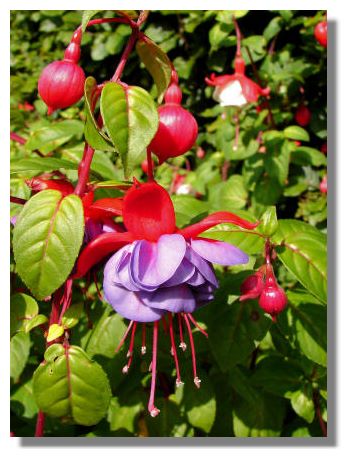
The flowers of the Fuschia are often compared to ballerinas but this variety growing in my own garden looks more elephantine that sylph-like!
The branches of these hydrangeas at Finlaystone Country Estate, on the border between Inverclyde and Renfrewshire, droop under the weight of the huge white blooms.
This colourful Painted Lady butterfly was feeding on some Knapweed on the banks of the river Forth at Stirling. Most of the Painted Lady butterflies we see are migrants from the Mediterranean.
If you want to look back at earlier editions of this Colour Supplement, there is an Index Page
